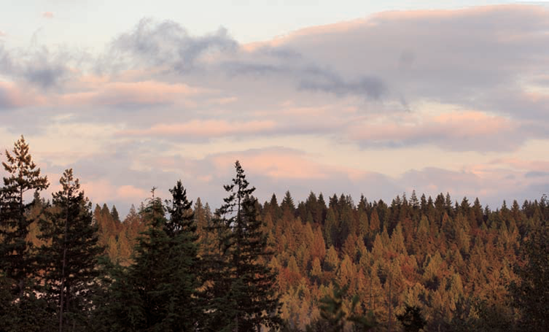Chapter 4. Let There Be Light
In This Chapter
Color hues
The colors of light
Metering light
Additional characteristics of light
To get stunning images, you need to understand the basic characteristics of light and how you can use light to your advantage. For some readers, this chapter is a refresher, and for others, it provides a basic foundation for exploring the use and characteristics of light.
Light has fascinated photographers since the inception of photography, and this fascination is no less compelling today than it was then. In general, think of light as a painter thinks about a color palette. You can use the qualities of light to set the mood; to control the viewer's emotional response to the subject; to reveal or subdue the subject's shape, form, texture, and detail; and to render scene colors as vibrant or subdued.
Color Hues
Few people think of light as having color until the color becomes obvious, such as at sunrise and sunset when the sun's low angle causes light to pass through more of the earth's atmosphere, creating visible and often dramatic color. However, regardless of the time of day, natural light has color, and each color of sunlight renders subjects differently. Likewise, household bulbs, candlelight, flashlights, and electronic flashes also have distinctive colors.

Figure 4.1. This image was taken during late afternoon as the sun creates a golden glow across the trees. ...
Get Canon® EOS Digital Rebel XTi/400D Digital Field Guide now with the O’Reilly learning platform.
O’Reilly members experience books, live events, courses curated by job role, and more from O’Reilly and nearly 200 top publishers.

